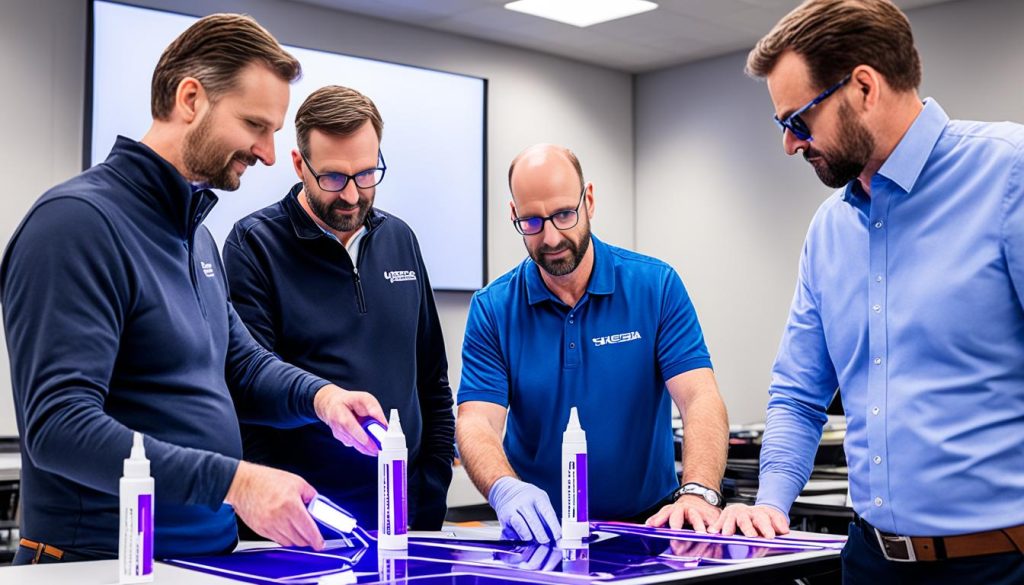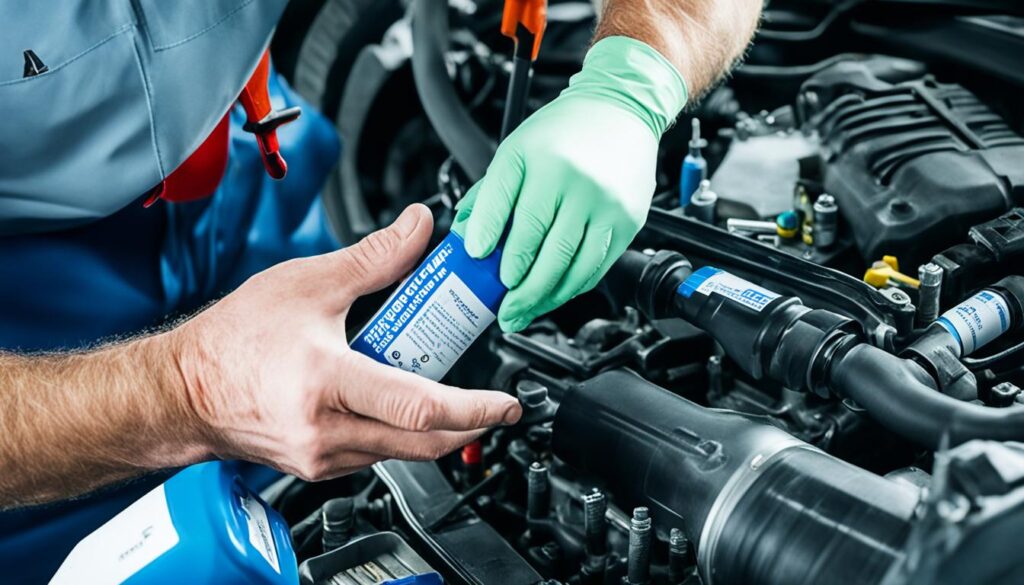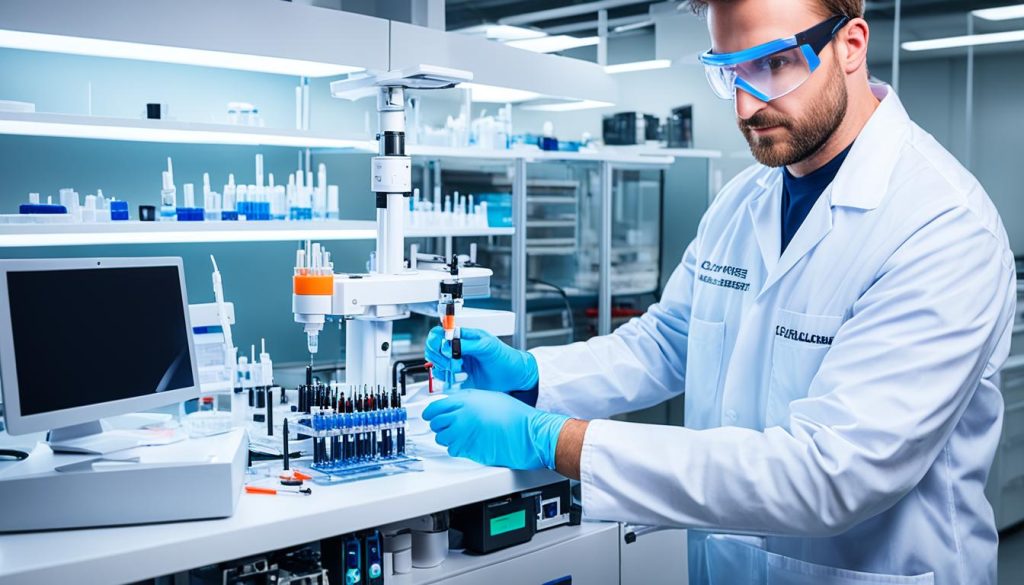FAQ
Adhesive Types
Epoxy Adhesives
- Properties: High strength, excellent chemical resistance.
- Applications: Metal bonding, electrical components.
Cyanoacrylate Adhesives
- Properties: Fast curing, strong bond to a variety of substrates.
- Applications: Medical devices, electronics.
Polyurethane Adhesives
- Properties: Flexible, resistant to impact and vibration.
- Applications: Automotive, construction.
Acrylic Adhesives
- Properties: UV resistant, good shear and peel strength.
- Applications: Signage, glass bonding.
Silicone Adhesives
- Properties: Excellent temperature resistance, flexible.
- Applications: Sealing, gasketing.
- Learn more
Selection Guide
- Substrate Material: Consider the materials you are bonding (e.g., metal, plastic).
- Environmental Conditions: Assess exposure to temperature, humidity, chemicals.
- Strength Requirements: Determine if the application requires high tensile or shear strength.
- Curing Time: Evaluate whether a fast-curing or slow-curing adhesive is needed.
- Flexibility: Decide if the bond needs to be rigid or flexible.

How It Works
- Surface Preparation: Clean surfaces ensure better adhesion.
- Application: Apply the adhesive evenly on the surfaces to be bonded.
- Curing Process: Allow the adhesive to cure as per manufacturer’s instructions for optimal performance.
- Testing: Conduct initial tests to validate the bond quality and strength.

Application Tips
- Avoid Contaminants: Ensure surfaces are free from oils, dust, and other contaminants.
- Proper Clamping: Use clamps to hold parts together during curing.
- Temperature Control: Apply within recommended temperature ranges to ensure proper curing.
- Mixing Ratios: For two-part adhesives, maintain accurate mixing ratios.

Safety Issues
- Ventilation: Use in well-ventilated areas to avoid inhalation of fumes.
- Protective Gear: Wear gloves, safety goggles, and masks to prevent skin contact and inhalation.
- Storage: Store adhesives in cool, dry places away from direct sunlight and heat sources.
- Disposal: Follow local regulations for disposing of adhesive materials and containers.

FAQ
What types of adhesives does ZDS™ offer?
We offer various types of adhesives including epoxy, cyanoacrylate, polyurethane, acrylic, and silicone adhesives.
How do I choose the right adhesive for my application?
When selecting an adhesive, consider factors such as substrate material, environmental conditions, strength requirements, curing time, and flexibility needs. Please refer to our Selection Guide for detailed information.
What are the steps for surface preparation?
Ensure that the bonding surfaces are clean, dry, and free of oils and contaminants. Use alcohol or specialized cleaners for surface cleaning.
How should adhesives be stored?
Adhesives should be stored in a cool, dry place away from direct sunlight and heat. Follow the storage instructions on the product label.
What safety precautions should I take when using adhesives?
Work in well-ventilated areas, wear gloves, safety goggles, and masks to avoid skin contact and inhalation of fumes. Refer to our Safety Issues section for more details.
What is the typical curing time for adhesives?
Curing times vary depending on the type of adhesive and application conditions. Please refer to the product datasheet for specific curing time information.
What should I do if the adhesive doesn't perform as expected?
Ensure all usage instructions were followed, including surface preparation, mixing ratios, and curing time. If issues persist, please contact ZDS™ technical support team.
How do I handle and dispose of unused adhesives?
Dispose of unused adhesives and their containers according to local regulations. Do not pour them into drains or regular trash bins.
